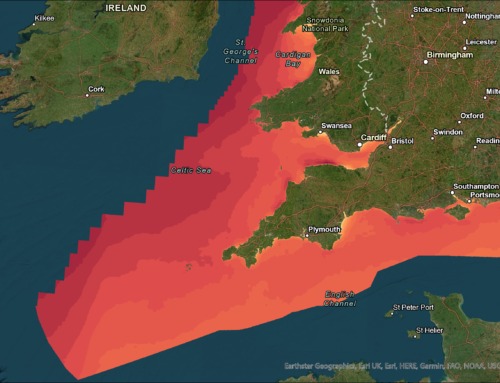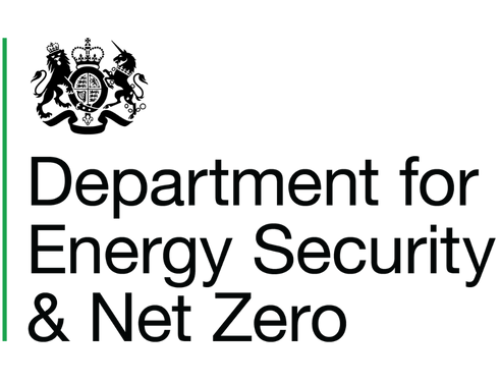In my previous blog, I discussed how bigger players in the onshore wind market need to get more creative and hungry with their asset management strategies. Those taking a more hungry and creative approach can realise some interesting benefits through:
- Blade extension on aging wind farms – rather than simply looking to repower or extend life beyond a nominal certificated turbine life of 20 years, fit extensions to the tips of blades and start maximising revenue increases as soon as possible.
- Spares clubs – rather than living with turbine suppliers’ high spares costs and sometimes excessive lead times, collaborate with other owners of the same turbines, to build confidence in alternative spares supply and get often better service at lower cost, managing a pool of spares across a larger (and hence more predictable) portfolio of turbines.
- Latest materials and applications – moving beyond repeat leading edge repairs using solutions have proven not to last and which lead to significant energy loss, to using latest materials and application technologies.
- Maximising performance – the wind industry has for too long relied on a 97% availability warranty and ineffective testing and tracking of power curve performance. Both of these legacy approaches need to be increasingly challenged by owners as they seek to maximise asset value.
- Integration – full integration between site management and servicing activities, asset knowledge and data, including performance benchmarking.
Weighing up the options may feel bewildering, but with help, you’ll be glad that you really got to work your onshore wind assets sooner rather than later.





